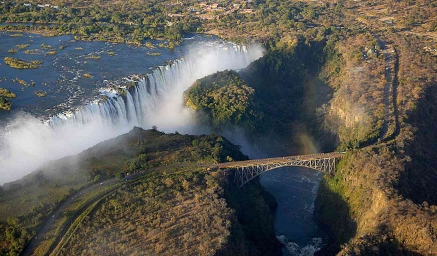In recent years, urbanization has become a global phenomenon, with more and more people moving to cities in search of better opportunities and a higher standard of living. This has had a significant impact on population density in urban areas, leading to overcrowding and increased pressure on resources and infrastructure.
Rapid Urbanization
The rapid growth of cities has led to a dramatic increase in population density, as more and more people are concentrated in a limited amount of space. This has resulted in overcrowding in many urban areas, with people living in cramped conditions and struggling to access basic services such as housing, healthcare, and education.
Pressure on Resources
The influx of people into cities has put immense pressure on resources such as water, energy, and food. As the population density increases, the demand for these resources also rises, leading to shortages and competition for limited supplies. This has led to issues such as water scarcity, power outages, and food insecurity in many urban areas.
Strain on Infrastructure
The high population density in urban areas has also put a strain on infrastructure, such as transportation networks, sewage systems, and healthcare facilities. As more people move to cities, the existing infrastructure is often unable to cope with the increased demand, leading to congestion, pollution, and inadequate services. This has a negative impact on the quality of life for urban residents and hinders economic growth and development.
Social Implications
The impact of urbanization on population density is not just limited to physical infrastructure and resources. It also has social implications, such as increased crime rates, social segregation, and mental health issues. The overcrowding and lack of resources in urban areas can lead to social unrest and a sense of alienation among residents, affecting their well-being and quality of life.
Sustainable Urbanization
To address the challenges posed by urbanization and high population density, it is important to promote sustainable urban development. This includes investing in infrastructure, improving access to basic services, and implementing policies to manage population growth and migration. By taking a holistic approach to urban planning and development, cities can create a more livable environment for their residents and ensure a more sustainable future for all.

